Since its inception in 1867, the steam boiler continues to be the powerhouse of several industries. Steam Boiler manufacturers thrive on this technology today, even after 150 years of its discovery, in various shapes and sizes for different applications. From agriculture to automotive, from electricity generation to cement production, several industries utilize steam technology. A steam boiler is a pressurized vessel that uses heat energy to generate steam from water. Boiler manufacturers traditionally use wrought iron, and the cylindrically sized boiler generates steam by a natural gas-fired burner. An industrial steam boiler has a low cost of construction and high thermal efficiency. Additionally, they are simple to use & operate, occupy less area, and are portable.
Use of Steam Boiler:
The primary function of a steam boiler is to produce, store, and transport the steam. Heat energy produced from burning the fuel heats the water inside a cylindrical vessel. As a result, the boiler generates steam at the desired temperature and pressure. Some of the main components of a steam boiler include a shell, furnace, valves, gauges, water level indicators, refectory, mountings, etc. Modern steam boilers can handle fluctuating loads and provide steam at desired temperature, pressure, rate, and quality.
Types of Steam Boiler:
Although one can divide steam boilers based on their size, principle, and application, their classification broadly depends on the type of fuels they use – Fluid Fuel Fired and Solid Fuel Fired.
1. Fluid Fuel Fired Steam Boiler:
The oil and gas-fired steam generators have a rugged boiler design required for fluid-based fuel. The steam boilers are highly efficient and usually come with an inbuilt economizer. Some of the top specifications of fluid fuel-fired steam boilers include:
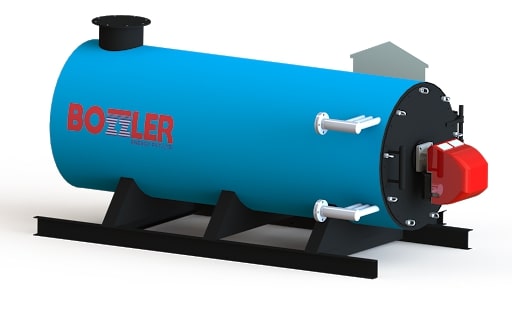
- Capacity: 500 to 1000 kg/hr
- Steam Pressure: 10 kg/cm2
- Efficiency: up to 90%
- Fuels: Natural Gas, Furnace oil, LPG, Biogas, etc.
2. Solid Fuel Fired Steam Boiler:
The solid fuel-fired boilers predominantly use low moisture fuel having low ask components. These boilers are suitable for industries requiring simultaneous turbine operation or power production. The advanced, pre-assembled, modular systems require minimal site work. Some of the crucial specifications of a typical solid fuel boiler are:

- Capacity: 1000 to 2000 kg/hr
- Steam Pressure: 10-15 kg/cm2
- Efficiency: up to 80%
- Fuels: Sawdust, Coal, Wood, etc.
Types of Fuels used to operate the steam boiler:
Steam boilers generally use fossil fuels for generating heat. Some of the most commonly used types of fuels in industrial steam boilers applications are:
- Coal
- Fuel Oil
- Natural Gas
- Biomass
Steam Boilers Applications in Different Industries:
Whether we realize it or not, the steam boilers are probably benefitting the entire world in one way or another. Some of the most prominent direct or indirect industrial steam boilers applications include:
- Power Plants: The process of converting the energy of pressurized steam into electricity by turbines dates back to the 19th Coal-based power plants, as well as nuclear reactors, rely on steam boilers for electricity generation.
- Agriculture: From soil sterilization to disinfection of agricultural tools and machines, steam boilers help in maintaining the nutritional value of soil and revitalization.
- Cement Production: Due to their high efficiency and low cost, steam boilers recycle waste energy generated dissipated as heat during cement production. This technique helps in reducing the electrical power requirement by up to 20% to 30%.
- Food Industry: From food cooking to packaging, from heating to sanitation, steam boilers continue to revolutionize different processes in the food industry.
Advantages of Steam Boiler:
- High Efficiency: Steam has better thermal transfer properties when compared with hot water or thermal oil systems. In comparison, the mass flow rate to transfer the same quantity of heat in a steam boiler is smaller by a factor of ~ 10-50 when compared with hot water systems and ~ 20-80 when compared with thermal oil systems.
- Low Construction Cost: The smaller pipe cross-sections require less material that brings down the construction cost. Unlike hot water or thermal oil systems, steam boilers don’t require circulating pumps or heat exchangers.
- Modular Design: It is possible to extend the system capacity in a modular fashion. The portable design allows for easy maintenance and flexibility to install or remove extra components per the steam boiler applications.
- High Performance: Due to the high heat transfer coefficient, steam boilers require lesser exchanger surface area during condensation, which results in a reduced system cost. It is possible to achieve uniform & fast heating as steam releases large amounts of energy at constant pressure. Similarly, it is possible to control temperature precisely and quickly by adjusting the steam pressure.
- Environment Friendly: Thermal oil systems have to manage heat transfer oils that pose a risk to the environment. As a result, these systems require leak detection systems and special seals in all the pumps and valves. Additionally, they require heat exchangers and fire-fighting systems. Steam boilers, on the other hand, are intrinsically safe and green.
How to Increase Boiler Efficiency:
A typical boiler system takes cold water in, converts it into steam, and uses the steam’s heat. To maximize the boiler efficiency, one has to find ways to minimize the loss of heat, hot water, or steam. Here are some of the best tips to increase boiler efficiency:
- Reduce the stack temperature for lower operating pressure.
- Ensure that the steam boiler is getting sufficient oxygen for combustion. Lack of oxygen causes the fuel to burn incompletely, which lowers its efficiency.
- Installing a variable frequency drive (VFD) allows you to control the flow with pump speed and saves electricity at variable loads.
- Insulate the valves in the boiler room to prevent any heat loss.
- Check for deposition on the fireside of the boiler tubes and clean them periodically. These deposited layer acts as an insulator and brings down the heat transfer rate.
- Similarly, check the waterside of the boiler tube for leaks or scales. The scales or muds inside water tubes prevent proper heat transfer.
- Consider preheating the combustion air to generate the same amount of steam in less fuel.
Steam boilers have undergone a lot of advancements in the last 150 years. Due to their simple design and efficient operation, steam boilers continue to be the preferred choice for several industries. Understanding the type, principle, and design of a steam boiler helps you follow the best practices for a trouble-free operation. It also guides you in periodic maintenance to increase its life. However, if you have face any issue with your steam boiler, it’s best to take professional help.
At Bozzler Energy Private Limited (BEPL), with our years of technical experience, entrust us with all your requirements for steam boilers. From understanding your requirements to preparing custom designs, from manufacturing to installation, from training to maintenance, as a leading steam boiler manufacturer in India, we can offer customized solutions for all your needs.

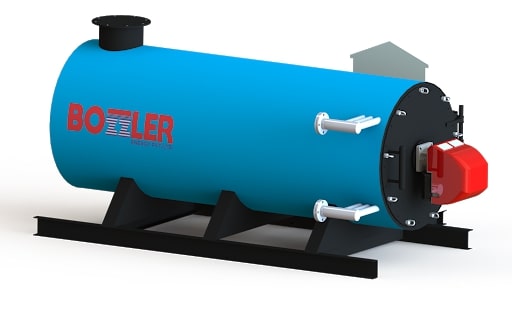
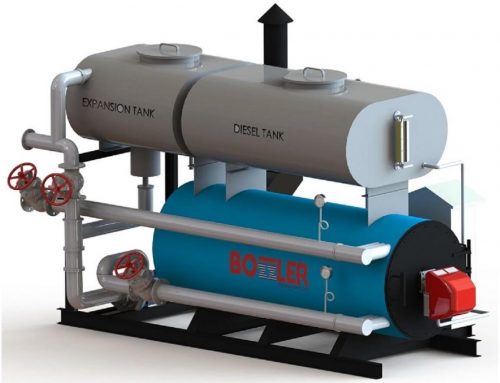

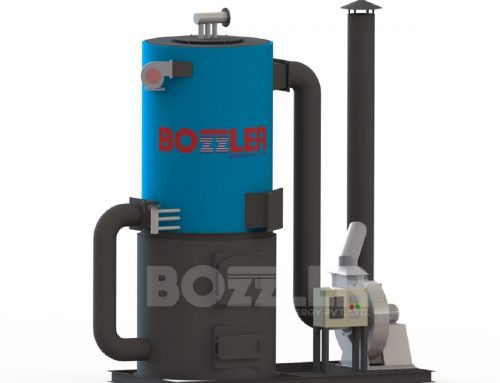
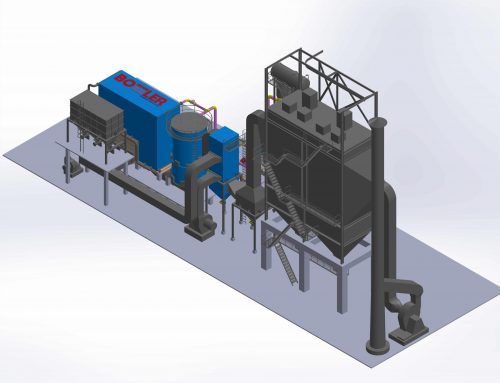
Leave A Comment